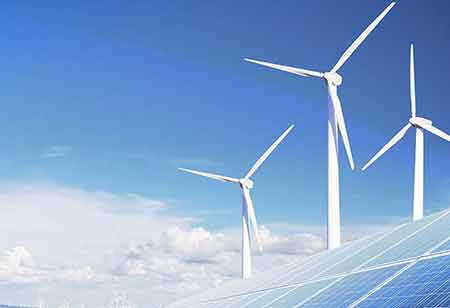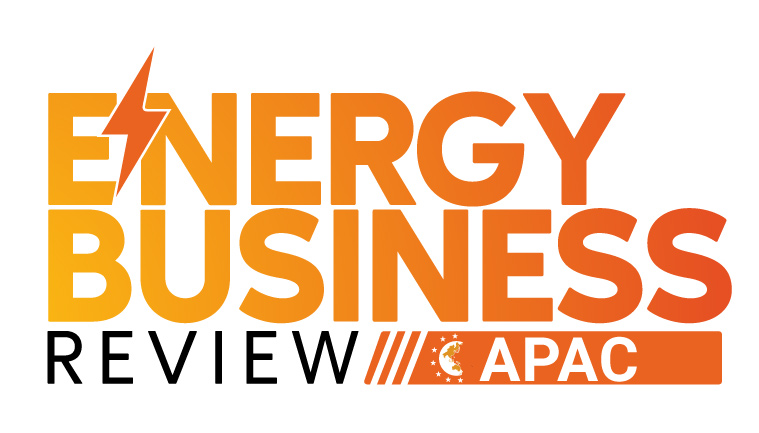Thank you for Subscribing to Energy Business Review Weekly Brief
Advancements in Wind Turbine Technology

By
Energy Business Review | Thursday, January 06, 2022
Stay ahead of the industry with exclusive feature stories on the top companies, expert insights and the latest news delivered straight to your inbox. Subscribe today.
Wind turbines are costly t maintain, but with investments and technological advancements, they can offer more energy.
Fremont, CA: In recent years, wind energy has become more prominent and features almost every governmental policy worldwide. Wind industry technology must continue to develop to ensure future growth, creating on earlier successes to enhance reliability further, increase potential factors, and reduce costs.
Over the past decades, wind turbines have become more relevant in the energy sector. They are now considered the highest renewable power source that can help reduce coal-fired gas emissions. Read on to know more.
Researchers in the sector is presently working to develop advanced turbine technology, like higher efficiency generators and reliable blades, to decrease energy and manufacturing costs. In addition, wind energy industrial workers have also developed differently shaped and configured blades to recently improve the robustness and rotational speed.
Also, offshore wind power technology has been researched further, and this research brought about benefits and ways to decrease the disadvantages of these floating designs.
About offshore wind turbines, the CMSSP is a platform made to serve as the foundation of offshore wind turbines. It is rapidly experiencing developments to allow these floating turbines to be durable and handle in deep waters.
These platforms are composed of different connections between columns and steel braces. These steel braces are addicted to mooring lines and unified into the seabed. While the water depth rises, the manufacturing costs increase, but many benefits are. Advantages include lower prices than the fixed-bottom configurations in deep waters, easy installation, effortless part removal, and a wide range of installation sites.
TLPs are frequently leveraged for deepwater oil developments because of their motion features but are more costly than spar buoys and catenary moored platforms. Nevertheless, when TLPs are harnessed as platforms for wind turbines, their displacement, tensile strength, and steel mass can be reduced. As a result, their overall weight is much lighter than when leveraged for oil/gas platforms, enabling wave and wind forces to reduce when encountering the TLPs.






